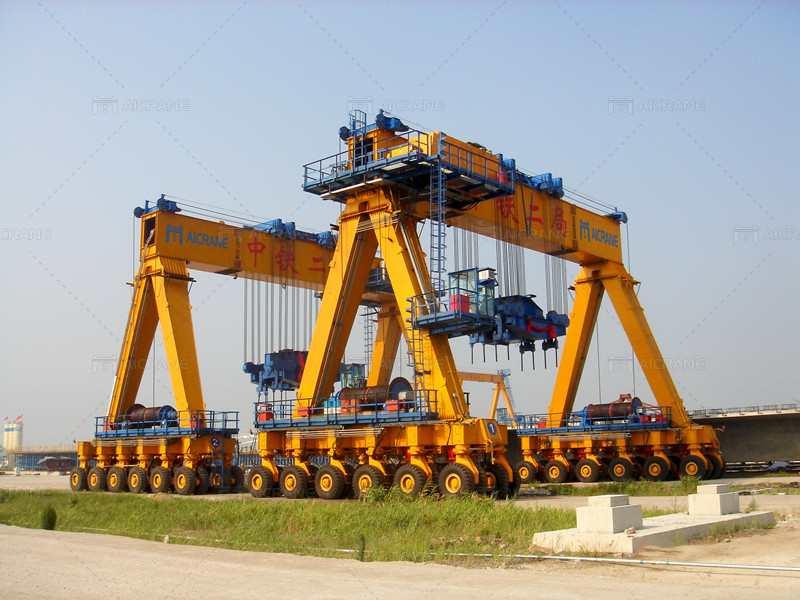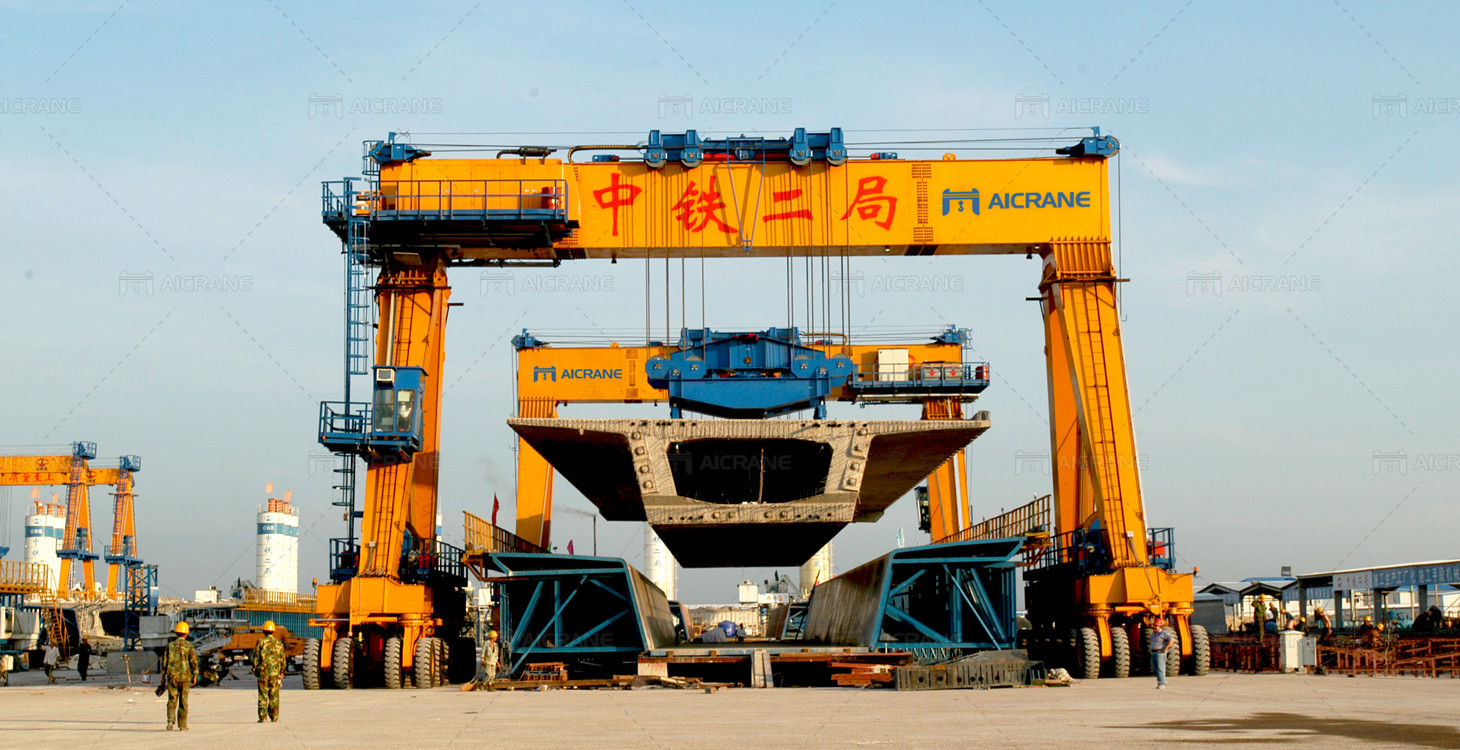Straddle carriers are versatile and powerful machines used in ports, container yards, and logistics hubs for handling containers and oversized cargo. Operating these complex vehicles requires skill, precision, and a deep understanding of their functions. This guide provides a detailed overview of how to safely and efficiently operate a straddle carrier.

I. Pre-Operational Checks:
1. Visual Inspection:
Begin by conducting a thorough visual inspection of the straddle carrier. Look for any signs of damage, leaks, or loose components. Ensure that all safety devices, such as lights and alarms, are functioning properly.
2. Check Fluid Levels:
Verify that all essential fluids, including hydraulic oil and engine coolant, are at the correct levels. Top up if necessary, following the manufacturer’s guidelines.
3. Tire Inspection:
Examine the condition and pressure of the tires. Ensure that they are adequately inflated and free from any visible damage or wear.
II. Starting and Shutting Down:
1. Starting the Straddle Carrier:
Follow the manufacturer’s instructions for starting the straddle carrier. The instruction of the manufacturer typically involves turning the key to the ‘on’ position, allowing the system to initialize, and then engaging the engine.
2. Shutting Down:
When shutting down the straddle carrier, ensure that all controls are in the neutral position. Allow the engine to idle for a few minutes to cool down before turning it off completely.
III. Basic Controls:
1. Steering:
Straddle carriers utilize various steering modes, including front-wheel, crab, and diagonal steering. Familiarize yourself with the controls for each mode and practice steering in an open area.
2. Acceleration and Braking:
Get comfortable with the accelerator and brake pedals. Practice gentle acceleration and controlled braking to ensure smooth operation.
3. Lifting and Lowering:
Straddle carriers have lifting mechanisms to raise and lower the spreader. Learn how to operate the controls to perform these actions safely.

IV. Handling Containers:
1. Approaching a Container:
Approach containers slowly and at a controlled speed. Position the spreader of the container gantry crane directly over the container, ensuring that it is centered and balanced.
2. Spreader Operation:
Use the controls to engage the spreader. Lift the container smoothly, ensuring that it is clear of the ground before moving.
3. Transporting a Container:
Maintain a safe and steady speed while transporting the container. Pay attention to the load’s stability, especially when making turns or navigating uneven terrain.
V. Safety Protocols:
1. Awareness of Surroundings:
Continuously scan your surroundings for potential hazards, including other vehicles, pedestrians, and equipment. Use mirrors and cameras for improved visibility.
2. Load Capacity:
Always adhere to the straddle carrier’s load capacity limits. Overloading can lead to instability and dangerous situations. The straddle carrier is always double girder gantry crane whose structure provides strong load capacity.
3. Emergency Procedures:
Familiarize yourself with emergency shutdown procedures and the location of safety devices, such as fire extinguishers and first aid kits.
VI. Advanced Techniques:
1. Maneuvering in Tight Spaces:
Practice precise maneuvering in confined areas, such as container stacks or narrow aisles. This skill is crucial for efficient operations.
2. Handling Special Cargo:
Learn the proper techniques for handling oversized or irregularly shaped cargo. This may involve using specialized attachments or adjusting the spreader configuration.
Operating a straddle carrier requires a combination of technical proficiency, situational awareness, and a strong commitment to safety. Regular training, ongoing practice, and adherence to manufacturer guidelines are essential for becoming a proficient straddle carrier operator. With experience, operators can contribute to efficient and safe cargo handling operations in busy logistics environments.